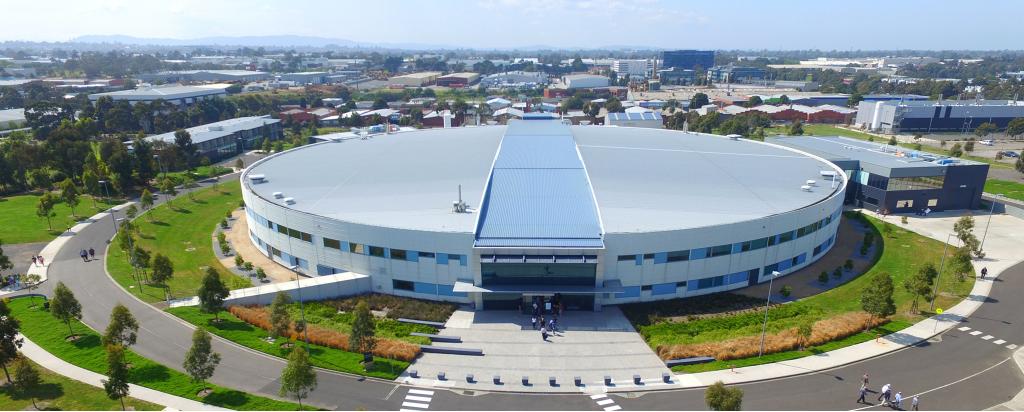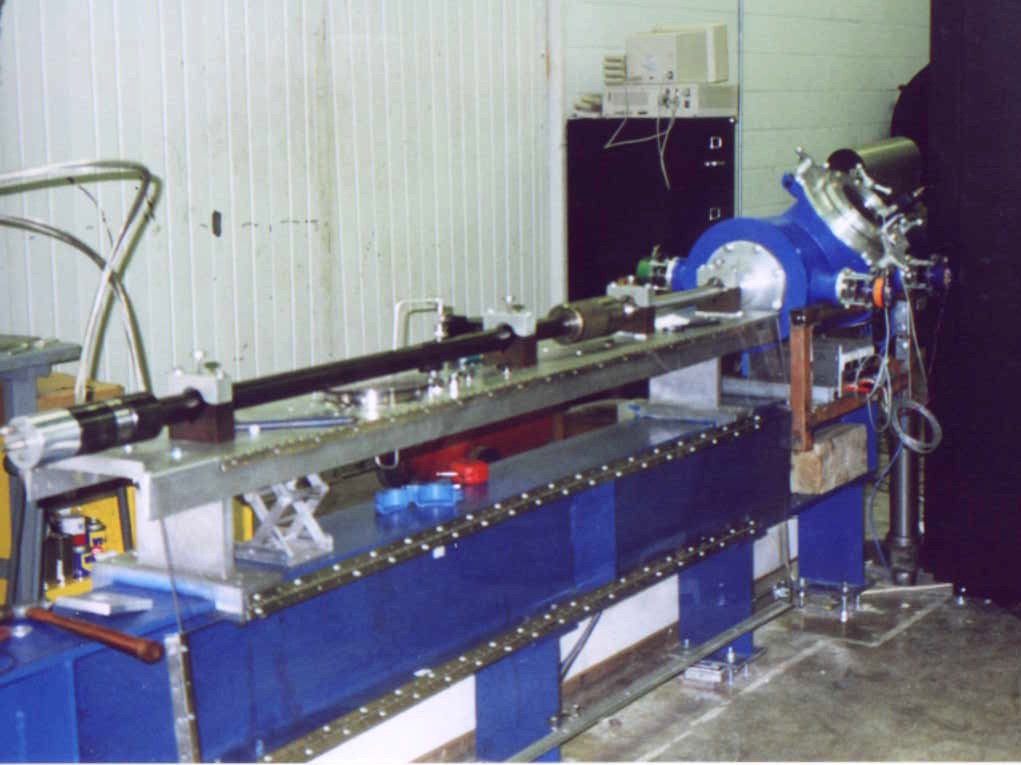You are using an out of date browser. It may not display this or other websites correctly.
You should upgrade or use an alternative browser.
You should upgrade or use an alternative browser.
what happens to aluminium when a 1/2 oz piece of plastic hits it
- Thread starter AnzacJack
- Start date
- Joined
- May 25, 2017
- Messages
- 8,491
- Reactions
- 7,976
- Age
- 61
MARK (LI)
Well-Known Member
- Joined
- May 25, 2017
- Messages
- 8,491
- Reactions
- 7,976
- Age
- 61
How did it get up to 15,000 MPH? ..that Is almost 20 times as fast as sound
Not sure where that was done, but we have an apparatus here in Australia called a snychotron, a client of mine is off to do some research on designing therapeutics for diseases, and somehow 'moving electrons fast' is really important / beneficial to the research.

The Australian Synchrotron | ANSTO Research Facilities | ANSTO
The Australian Synchrotron is a major research facility located in Clayton. One of the Australia's most significant pieces of scientific infrastructure.
299,792 kilometres . . . a second !!
Just under the speed of light.
Amazing things mankind can make, good and bad.
15,000 mph, possibly a rail gun ?
Just checked Mr Google, must be something more capable, rail gun only approx mach 7 or 5370 mph.
Light-gas gun
A Lego(tm) brick weighs about 3.5g, or 54 grains. At 22,000 f/s (15,000mph), that's about 58,000 foot pounds of energy. In contrast, .5oz = about 14g, or 218 grains. At 22,000f/s, that 234,000 foot pounds of energy.
To give this a bit more context, a .50BMG can be as high as 15,000 ft-lbf. A single 30mm round from the A-10's GAU-8 "Avenger" weighs about 6100 grains and has a muzzle velocity of 3,300fps, producing 149,681 ft-lbf. So that hit was just under double the force of a typical 30x173mm depleted uranium armor-piercing incendiary bullet.

Light-gas gun - Wikipedia
BethanyFerrell
Well-Known Member
Anyone who has trod barefoot on a Lego brick knows the true meaning of the unit "foot-pounds of energy".A Lego(tm) brick weighs about 3.5g, or 54 grains. At 22,000 f/s (15,000mph), that's about 58,000 foot pounds of energy.
Similar threads
- Replies
- 4
- Views
- 498
- Replies
- 14
- Views
- 1K
- Replies
- 1
- Views
- 2K
DJI Drone Deals
1. Mini 2
2. Mini 3 Pro
3. Mini 4 Pro
4. Air 2s
5. Air 3
6. Avata 2
7. Mavic 3 Pro
8. Mavic 3 Classic
2. Mini 3 Pro
3. Mini 4 Pro
4. Air 2s
5. Air 3
6. Avata 2
7. Mavic 3 Pro
8. Mavic 3 Classic
Members online
Total: 594 (members: 12, guests: 582)











